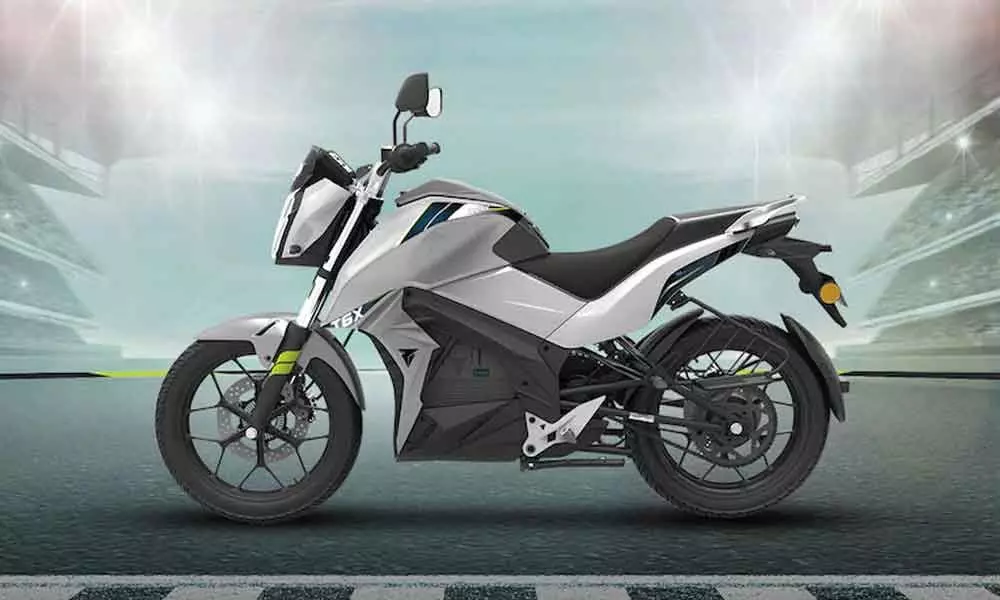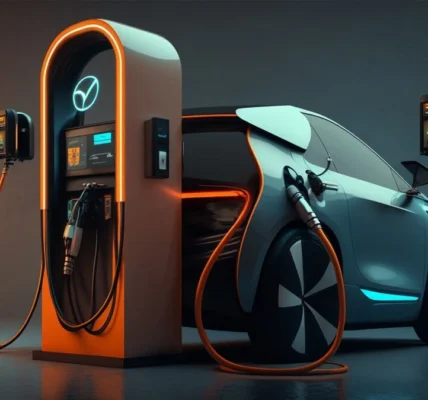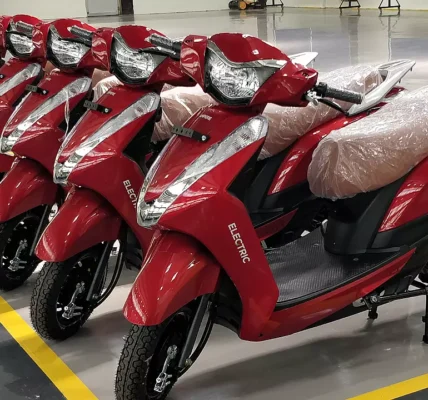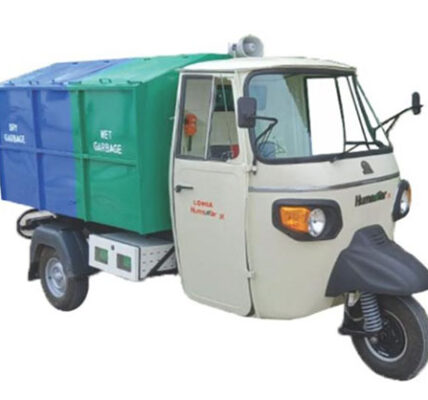Pune-based EV startup Tork Motors has come a long way starting from unveiling its first proper electric motorcycle, the T6X back at the 2016 Auto Expo to bringing out the Tork Kratos range in January 2022. The company leveraged its experience at Isle Of Man Electric GP and TTXGP to offer an electric motorcycle that’s an eco-friendly replacement to the 125cc petrol-powered segment, one of the most popular segments in the Indian two-wheeler market.
We were recently invited to the company’s production facility in Chakan to get a glimpse of how the Kratos is manufactured, and here are the highlights:
Made In India, For India
This made-in-India electric bike has 99 percent of the parts sourced locally. The remaining one percent includes lithium-ion battery cells (imported from China and Taiwan), apart from neodymium magnets for the motors, charger, and contactor imported from other countries. Tork Motors has also secured a reliable supplier base, most of whom already supply parts to other popular OEMs like Ola Electric, Ather Energy, TVS, Revolt, Bajaj Auto, BMW Motorrad among others. It’s important to note that while the cells are imported, the company assembles them into battery packs in-house, just like Ather Energy does.
Cell is the soul
The cells are put together to form battery packs inside a specific temperature controlled section of the plant. Here, the voltages of every individual cell are measured and are grouped together for uniformity in output. After this, a polarity check is done to ensure the cathodes and anodes are all aligned properly. It is then arranged into a thermosetting plastic tray, in three layers arranged one above the other: L1, L2 and L3. The cells are then connected to a plate-like oxygen-free copper terminal (resists oxidation and also offers better conductivity than conventional nickel plates). They’re then laser-welded. Fun fact: this laser welding machine is one of the most expensive ones in the plant and can move with a 20-micron limit for ultimate precision. The voltages are checked again, and then sensors are hand-soldered. The entire battery pack is then charged and discharged cyclically (for 3 hours), and the capacity is measured and tested to ensure all the cells are performing optimally. The Battery Management System (BMS) and the PDU (Power Distribution Unit) are connected. While these two modules are located in the top section of the battery, the controller and contactors are located only on the lower level. This level does not contain cells as it is closest to the ground. Even if there’s a structural impact, the cells will remain safe as they’re in the middle and top levels.
The three sections of the battery pack are sealed using a fluid-like gasket, and are tested for leaks as well. Then, the whole battery pack is filled with white granule-like chemical compound called Phase Change Material (PCM). It’s solid at room temperature but turns into a liquid at 60 degree celsius. It’s then poured into the battery so that every cell is surrounded by PCM that helps in extracting and transferring heat to the walls of the battery pack, which, in turn, is cooled passively by air flow. Oh, also, the PCM is non-conductive and doesn’t interfere with the cell voltages.
The whirring heart
The Axial Flux Permanent Magnet Motor (AFPM) consists of two core components: stator with the hand-woven copper wire windings, and two rotors housing powerful neodymium permanent magnets. The polarity of the magnets are checked before embedding it into the rotor. The rotor is made of stainless steel for optimum durability. The two rotors are sandwiched between the stator, and all the parts are fitted with the torque tightening tool.
There are several fins on the motor that act as a heat sink, dissipating heat passively. The rotor and the stator are attached and are then linked to the reduction gearbox that multiplies torque. The powertrain is also subjected to leak tests, and stress tests to ensure its efficiency. Compared to conventional permanent magnet motor, AFPMs offer an impressive 96 percent efficiency, not to mention compact packaging that allows it to be fitted just near the swingarm pivot, leaving enough space for the battery pack and other components. There are several layers of safety that prevent the motor from overheating. If it does, the motor immediately switches to the lower riding mode to prevent damage and maintain momentum.
Putting them all together like Lego
The U-shaped assembly line has several hoists for different part fitments. The battery pack is mounted into the trellis frame, and then it moves on to the next segment where the motor, swingarm, suspension are all put together. In the next two sections, the wheels, fenders and brakes are fitted before moving on to the subframe assembly.
After this, it then moves on to the next section where the wiring is laid out. Then the body panels are put together and finishing touches are given before moving the electric motorcycle to the dyno test where the power and torque figures are tested at different speeds. Every single electric motorcycle undergoes this test to ensure there’s consistency in the performance.
The bikes are then shipped to the 15 dealerships that are currently operational across the country. Tork also has plans to expand its dealership network to 100 by March 2024. The EV maker also revealed plans of launching an affordable motorcycle, the details of which can be found here. We also got a chance to catch up with the CEO Kapil Shelke, and here’s what he has to say about different things in the EV industry, including the recent FAME 2 subsidy revision.







